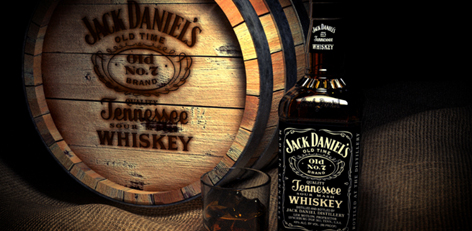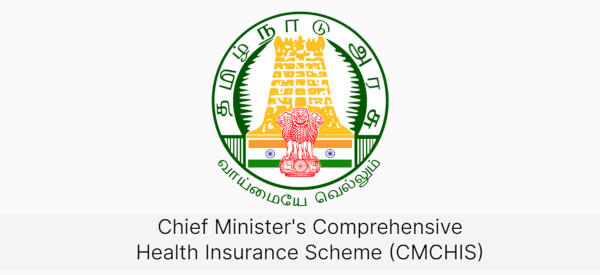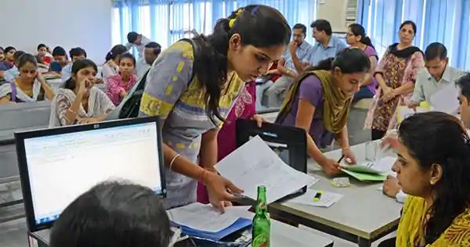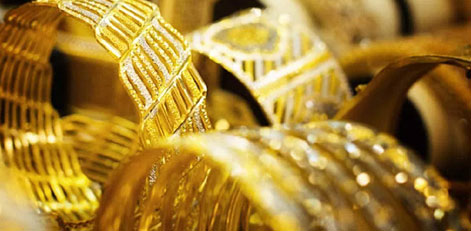No. of views : (2749)
EXCLUSIVE: New Treatment for Alcoholism
Posted on: 03/Sep/2015 5:00:34 PM

Alcoholism, also known as alcohol dependence, is a disabling addictive disorder characterized by compulsive and uncontrolled consumption of alcohol despite its negative effects on the drinker`s health, relationships, and social standing. The World Health Organisation estimates that there are 140 million alcoholics worldwide. In our country also the figures are huge and causes like of social, marital, psychological and financial problems.
According to the National institute of alcohol Abuse and Alcoholism (NIAAA) of the Unites States, 1 in 12 American adults is an alcohol abuser or alcoholic; young adults aged 18 to 29 are the most likely to have alcohol problems. A government survey in US revealed that almost 8 percent of young people aged 12 to 17 and almost 41 percent of young adults aged 18 to 25 indulge in binge drinking - downing five or more drinks on the same occasion at least once during the past month. While pervasive 12-step groups like AA, with an estimated membership of 1.2 million, are widely respected, nearly a third leave the program after the first month, with the attrition rate slowing gradually after the first year, according to AA`s own informal statistics. And nearly all conventional treatment and rehabilitation centers are based on the 12-step model. Yet long-term abstinence is elusive, and alcoholism remains pandemic and increasingly costly to the nation`s health and productivity.
The NIAAA estimates that 14 million Americans either abuse or are dependent on alcohol. According to the institute, alcoholism and alcohol abuse are the third leading cause of preventable death in the United States and alcohol is a factor in nearly half of America�s murders, suicides, and accidental deaths. Alcoholism costs the nation more than $3 billion in lost wages each year. Approximately 90 percent of alcoholics are likely to experience at least one relapse over the four-year period following treatment, a dismal success rate that reflects only those who actually seek help. Considering the influence of alcohol on our lives, says Ciraulo, whose funding for five projects includes more than $13 million from the National Institute on Drug Abuse, $12 million from the NIAAA, and $3 million from private sources, there is surprisingly little understanding of how alcohol dependence works.
Worldwide, 76.3 million people suffer from alcohol dependence that accounts for about 1.8 millions deaths a year. Currently following successful detoxification, a combination of pharmacotherapy, psychotherapy and other psycho-social interventions is recommended as standard treatment of alcohol dependence to achieve abstinence. Although these interventions have shown to be significantly effective when compared to placebo or non-treatment, the majority of the addicted does not achieve abstinence and subsequently develop physical and / or psychological complications. They are at increased risk for early death by somatic complications or suicide. It is estimated that alcoholics have a 60 - 120 times greater suicide risk compared to non-psychiatric patients.
In addition to t the physical and psycho-social complications of alcoholism, about one half of the violence- related crimes are committed under the influence of alcohol. In a recent German study of the long-term course of alcoholism after in-patient treatment, only 40 % remained abstinent after 16 years. Of those who died during follow-up, 73 % did not remain abstinent.
Treatment of alcoholism has been mainly medical. There are many drugs as well as other measures like counselling which benefit a good number of patients. But the relapse rate is very high. The NIAAA reported that approximately 90% of alcoholics are likely to experience at least one relapse over a 4-year period following treatment due to craving for alcohol. Craving for alcohol is an appetite urge, similar to hunger, that varies in intensity and is characterized by withdrawal-like symptoms. The symptoms are elicited by internal and external cues that evoke memory of the euphoric effects of alcohol and of the discomfort of withdrawal.
Nucleus accumbens (NAcc) is an area of the brain which has long been suspected to be the reward centre of our brain. The NAcc in each half of the brain is thought to be responsible for the memory associated with pleasures, which lead to an intricate reward system in our brains and bodies. Also it is believed to be the source of motivation and drive. Since the NAcc is thought to be pivotal to rewards and pleasures, many believe it is also tied in to addictions, ranging from alcohol and drugs, to sex and food.
There is now enough proof that the NAcc is linked to the rewarding of human behaviors which is controlled by releasing chemicals in the brain called neurotransmitters. The two main neurotransmitters involved are dopa-mine and serotonin. Serotonin is known as the neurotransmitter that gives the body the impression of satisfaction and hence the body no longer desires the stimulant that was provided initially. Conversely, dopa-mine is the neurotransmitter that increases the desire for that stimulant. Studies have shown that defective dopa-mine function in the NAcc correlated with alcohol craving, which was associated with a high relapse risk.
Deep brain simulation (DBS) is now an established surgical procedure for many diseases like Parkinson�s disease, various types of pain syndromes etc. DBS has the advantage of being adjustable, with stimulation parameters such as amplitude, frequency, width of the stimulating pulse, and the location being under control of the clinician. Moreover, the procedure is non-destructive and carries a very low operative risk, making it a very attractive treatment option.
Many recent studies have shown that DBS of the NAcc is a very good option for alcoholism. Kuhn et al treated a 54-year-old patient with severe anxiety disorder complicated by secondary depressive disorder and alcohol dependency by bilateral DBS of the NAcc with the aim to alleviate anxiety and depression. Whereas the patient experienced only a moderate reduction of his anxiety disorder and depression, he showed a r remarkable reduction of alcohol intake such that 1 year after surgery he consumed alcohol only occasionally.
Muller et al reported three patients with alcoholism who received deep brain stimulation. In the one-year follow-up period, two remained abstinent, while one showed a remarkable reduction of days while drinking and none had any significant adverse effects. In all three patients, craving behaviour disappeared immediately after the activation of deep brain stimulation in the nucleus accumbens. None of the patients reported unwanted somatic or psychological side effects after DBS. All patients reported that their lives had changed enormously and that they became able to experience pleasurable feelings about common things of live without substance abuse.
There have also been a few animal studies on DBS of NAcc in alcoholism. A recent animal study carried out in rats found that DBS of the NAcc significantly attenuated the reinstatement of drug seeking. DBS to the NAcc in addiction appears to be specific both in terms of the stimulation location and in terms of the attenuation of "wanting" a specific substance. Another recent article reported that deep brain stimulation (DBS) in the nucleus accumbens (NAcc) decreases alcohol intake in alcohol-preferring (P) rats after each animal has established a stable, large alcohol intake and after P rats with an established intake have been deprived of alcohol for 4�6 weeks. They found that Deep brain stimulation in the NAcc, as compared with a period of sham-DBS treatment in the same animals, acutely decreased alcohol preference. Furthermore, alcohol consumption and preference were significantly reduced in the DBS group compared with the sham treatment group during the first 24 hours that alcohol was made available after a period of forced abstinence. Another similar study has shown the positive effects of nucleus accumbens stimulation rats addicted to morphine.

Dr. R. Ramnarayan
Consultant, General and Neurosurgeon.
Lakshmi Neuro Clinic,
Ph No: +91-9003022445
Mail ID: ramnarayan10@hotmail.com
Post your requirement - We will connect with the right vendor or service provider








